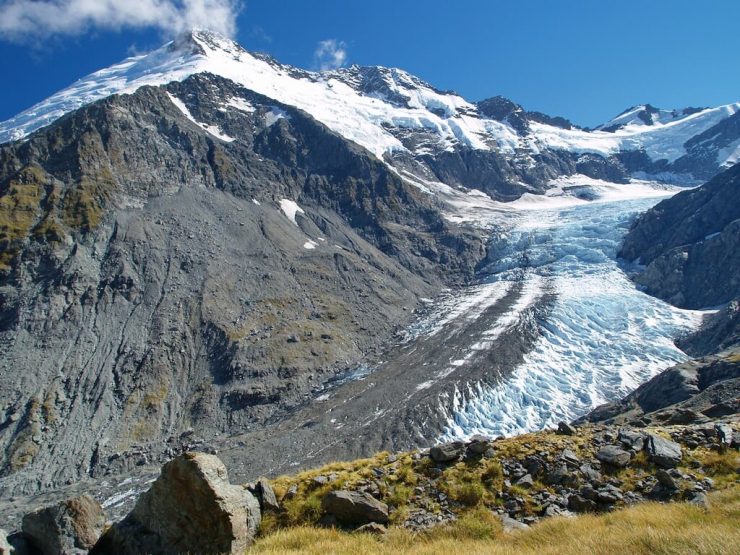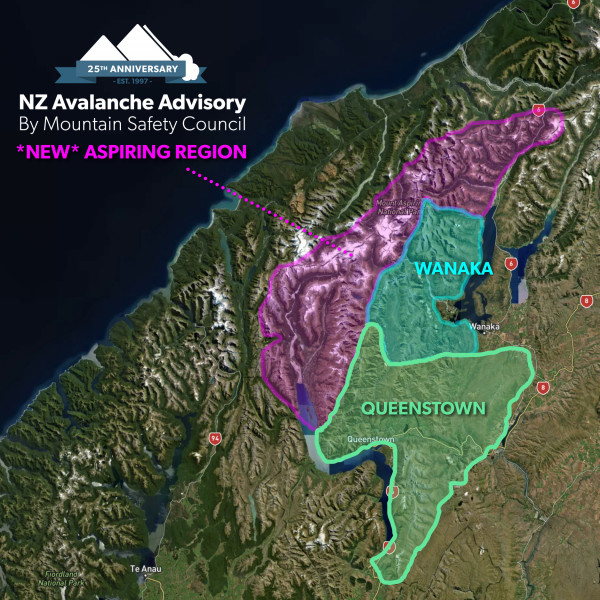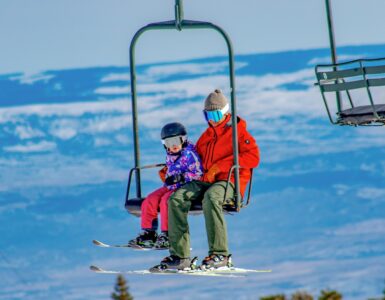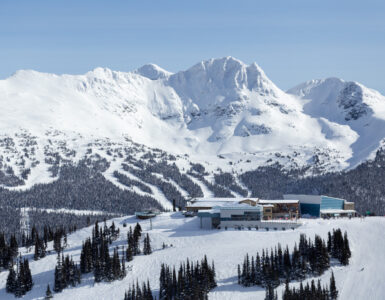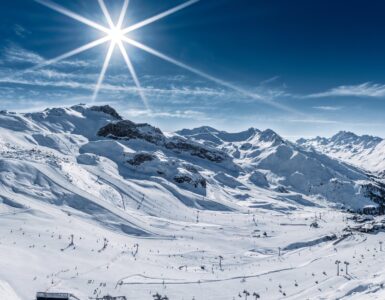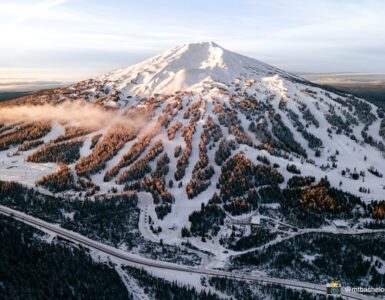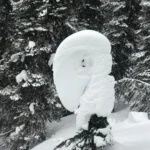A new addition to the national avalanche forecasting network means users venturing into the backcountry of Wanaka, Queenstown, and Mt Aspiring National Park can make sound decisions based on a more tailored forecast.
The New Zealand Avalanche Advisory (NZAA), owned by the NZ Mountain Safety Council (MSC), is trialing a 13th avalanche forecasting region, called ‘Aspiring’, this winter. The shift affects Mt Aspiring National Park, Mt Brewster, the Treble Cone backcountry, and the Main Divide.
MSC Chief Executive Mike Daisley said this change alters both Wanaka and Queenstown forecasting regions but will allow for more tailored and clear forecasting.
“The original Wanaka region was very difficult to forecast, leaving users struggling to accurately decipher the parts of the forecast which were relevant to them due to the sheer size and varying conditions within the region,” Daisley says.
More often than not, the high altitude and proximity to the main divide of Mt Aspiring meant the danger rating was often ‘high’ or ‘considerable’ for the region, even though in the eastern areas such as the Treble Cone backcountry where participation is higher for most of winter the conditions weren’t as severe.
This change effectively splits that old region to make things easier to decipher, he says.
This new region will benefit users heading into Mt Aspiring National Park, Harris Mountains and Treble Cone backcountry as they will no longer read the same forecast. The Mt Brewster area, which was not previously part of a forecasting region, will now be included in the new ‘Aspiring’ region.
“In more technical terms, the new region boundaries will better represent areas of relatively uniform snowpack conditions, which will make forecasting easier too,” he says.
The trial looks to address the feedback from users who were craving clarity in forecasts so they could safely enjoy the mountains.
The scheduled forecast dates for the new Aspiring region will run from July 1 – November 30 this year, but this can be extended or shortened based on conditions.
At the end of the forecasting period MSC will thoroughly review the trial and determine whether or not the region will become a permanent fixture.
The new forecasting region is the latest of a handful of changes made over recent years. In summer 2020/21, the NZAA launched its alternative summer elevation bands for the Aoraki/Mt Cook region to improve forecast accuracy for region during the warmer months.
Make yourself familiar with the new region boundaries by checking them out on the map at avalanche.net.nz.
Ski the World!


